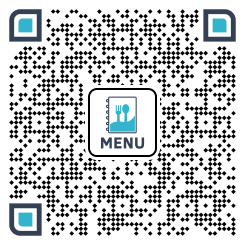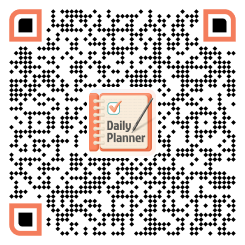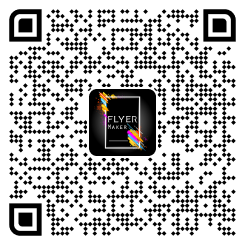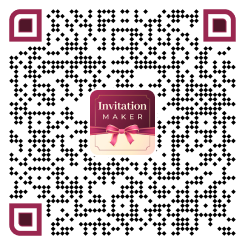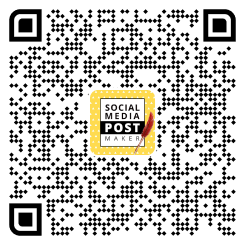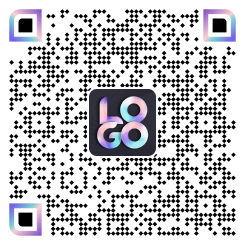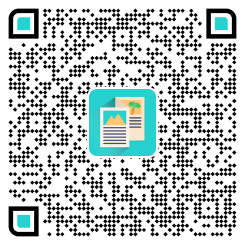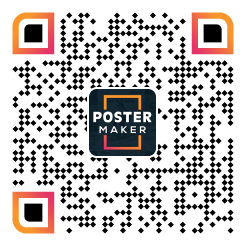With more than 4.03 billion email users around the world this year, email marketing is definitely far from dead. Although online marketing has evolved into different strategies over the years, email marketing remains to be one of the most effective methods for marketers, especially in terms of ROI.
Email newsletters are especially efficient in delivering results, which is why they’re used to build brand awareness, secure leads, nurture them and eventually convert.
But what exactly is an email newsletter and how do you write copies that people would actually want to read?
What is a Newsletter?
Newsletters are not new in the business. For many years, traditional newsletters were used by marketers to attract customers and keep them. A newsletter is essentially a tool for sharing timely and valuable information with prospects, buyers, and subscribers.
Since email is such a powerful medium for sharing information to nurture and convert, email newsletters allow you to build engagement that will help drive traffic and conversions to your website.
The primary goal of sending an email newsletter is to offer updates about your business and industry in an informative manner. In a time when consumers are already tired of receiving in-your-face marketing emails, an email newsletter gives you the opportunity to be different from others because you’re not hard selling here.
Rather, you’re offering something that will add value to them—solve their problems or answer their questions—while subtly promoting your product or service.
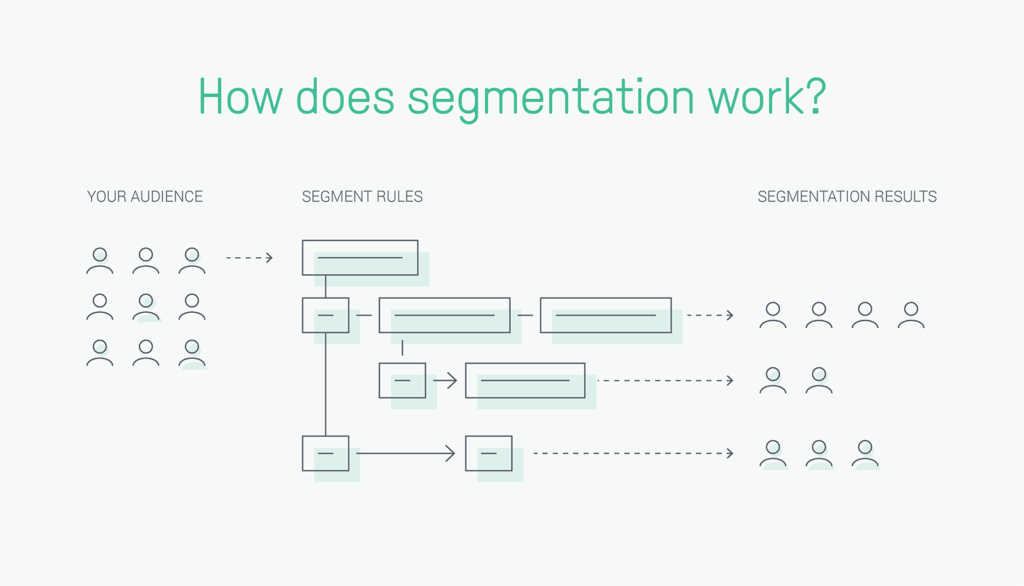
An email newsletter can also be used to:
- Communicate with your consumers on a more personal level. Email newsletters can be personalized to make consumers feel that you’re communicating with them personally.
It helps you build that sense of security towards your brand, which is essential in promoting awareness and loyalty to your business. “In addition to this, build trust with your subscribers, follow DMARC statistics, and take the necessary steps that will guarantee email security.”
- Motivate consumers to take action. People on the list that you gathered through email search have already shown interest in your product or service, but there are reasons they haven’t made a purchase just yet.
An email newsletter is your way to motivate them to take action by offering them relevant information that could answer their questions and evaluate their choices. It is also a great tool for sparking that interest in your blog posts, where you have the opportunity to enlighten them more about your business.
- Boost your sales. Many studies have proven that email marketing is still more effective than social media marketing, although the latter has been gaining a lot of traction lately. Tools like Mailchimp, Moosend, and other alternatives can help you create an engaging newsletter and drive your email marketing campaign.
A research study from McKinsey revealed that you’re actually 40 times more likely to gain new customers from email marketing than you would from Facebook or Twitter. To expand your email reach, you must build a list of subscribers who are genuinely interested in your content. A well-placed email newsletter sign-up form on your website can help you. By designing an attractive form that appears exactly when and where your visitors are most receptive—and by sweetening the deal with a compelling bonus—you’ll pave the way for a steady influx of new subscribers.
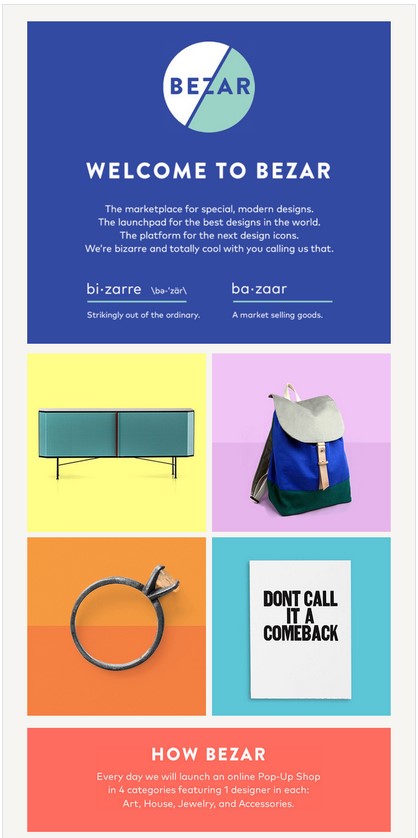
What are The Best Practices for Writing an Email Newsletter?
With such high-efficiency rates, it’s worth learning how to start an email marketing campaign, the results of which maximize the benefits of using email newsletters as part of it. Here are some of the email newsletter best practices that you can follow when writing newsletters that people actually want to read:
Look at Other Successful Newsletters
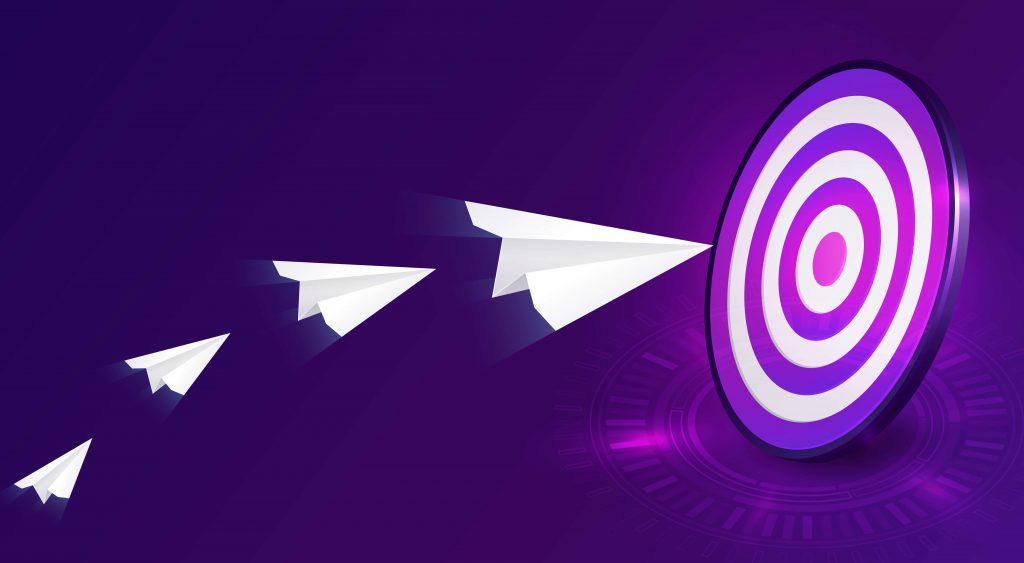
You don’t need to look far to see some good newsletter examples. Chances are, you have them right in your inbox because, at some point, you’re also a prospect for some companies.
If you look at the best email newsletters of successful brands, you’ll see that they have a few elements in common:
- A good email header that reflects their brand and motivates you to keep reading.
- A prominent logo that promotes easy brand recognition and retention.
- High-quality images that make the content easier to comprehend.
- The proper content layout makes the newsletter easy to read and digest.
- Personalized content adds value to the entire newsletter and makes customers feel special. Additionally, incorporating bulk email services can significantly enhance the effectiveness of your newsletters.
Make sure that you take note of the details that you find in these successful newsletters and use them in your own materials in the future.
Determine Whether You Need an Email Newsletter or Not
There are many cheap and free email marketing software that helps you set up an email newsletter campaign in no time. While email newsletters are proven to have such high-efficiency rates, not all businesses actually need them.
As a marketer, it’s your responsibility to determine whether or not you need this material as part of your campaign. Start by doing some research about the purpose and efficiency of newsletters within your niche or industry.
If you can, check out the newsletters from competitors and see if they’re working or not. It’s also important to evaluate whether you can run this type of campaign given your resources, time, and budget.
Of course, it would also help to re-evaluate your business goals and if newsletters tie into them. If both don’t align or if you’ve seen that email newsletters don’t really appeal much to consumers within your niche, then you might not need it within your marketing arsenal.
Learn all About the Type of Newsletter that You Want to Send
An email newsletter can be whatever you want it to be depending on your purpose. But B2B email newsletter best practices suggest that you should never create a newsletter that has everything you want to do on one page.
Simply put, you can’t send out a newsletter that promotes your products, offers information about your brand, and talks about your latest discounts, as that could make your content very cluttered. Know exactly what you want to accomplish for that newsletter and focus on that. Using newsletter software can help you structure your content clearly, ensuring each campaign stays aligned with its specific goal.
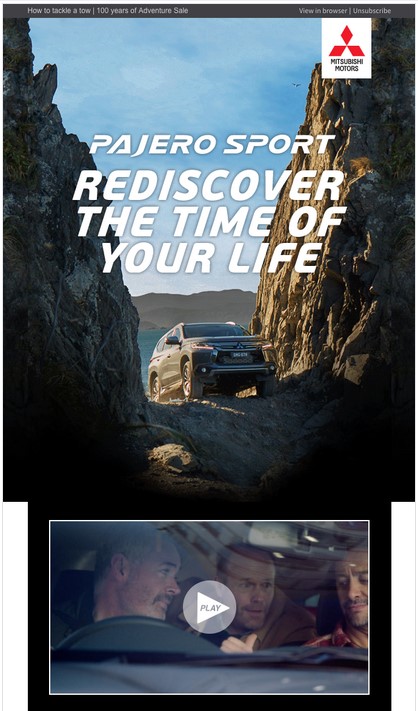
Don’t Make Your Newsletter into a Sales Page

Remember that your goal here is to educate your consumers and not overpromote your products. You will have time to do a sales page once they visit your website and learn more about your business.
But this newsletter should be 90% educational and 10% promotional to avoid any confusion and rejections. You don’t want your brand to be on the spam list, after all. Plus, for added email security, implement an SPF checker to ensure our messages reach your inbox reliably.
Customize this awesome Newsletter Brochure template to introduce yourself or engage your target audience.
Be Creative with Content
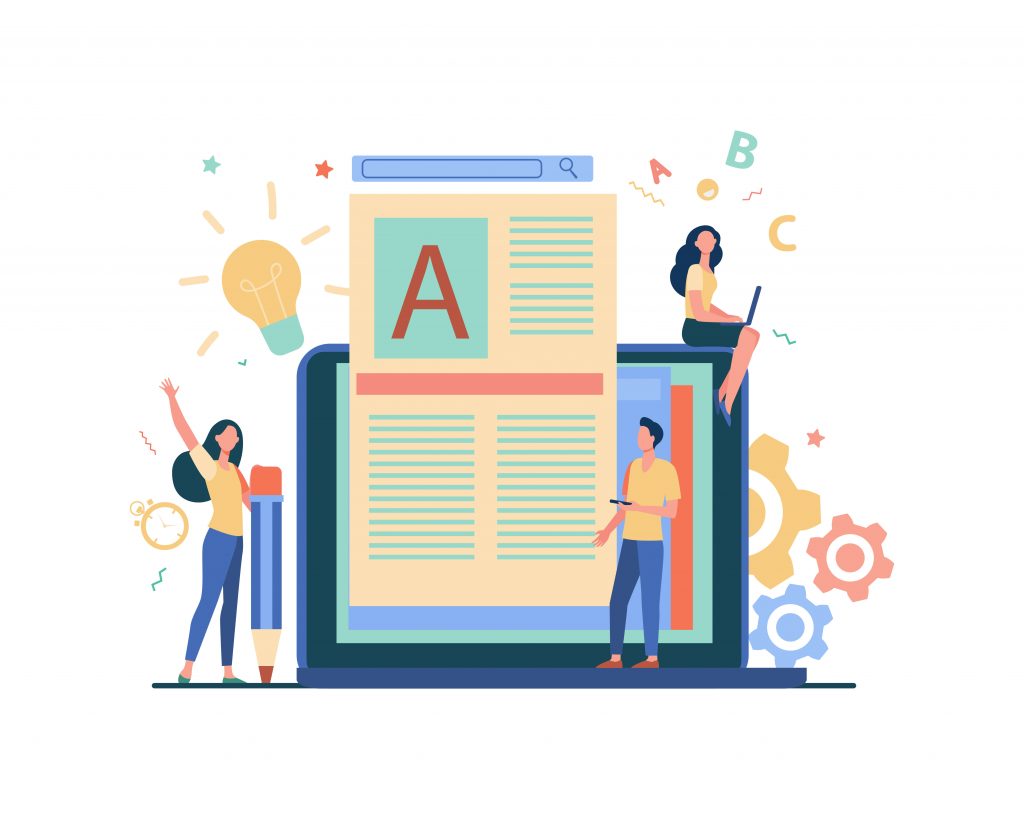
Every detail in your email newsletter matters a lot, so you have to take the time to go through your content and make it as creative as possible. Start with your email subject lines.
Keep in mind that not everyone on your subscriber email list will open your email, but you have the chance to catch their interest through your subject line. Make it short but filled with catchy words that will entice anyone to actually click that email.
You should also stick with just one primary call to action. This will depend on your goal for that newsletter. If you want to drive traffic to your website, focus on a call-to-action that motivates them to click that link to a blog post or a product page.
While you can insert some “in-case-you-have-time” links, you should only make that one primary call-to-action prominent on your page to lead customers to what action you want them to take to increase the efficiency of your campaign. After all, writing a good newsletter takes time. And if you’re doing it consistently, it can get overwhelming fast. You can use AI tools like Moxby. You tell it your goal, and it doesn’t just write the newsletter, it helps structure it, reword it in your tone, schedule, and even adapt it for different reader types or segments.
Don’t Over-Clutter Your Copy
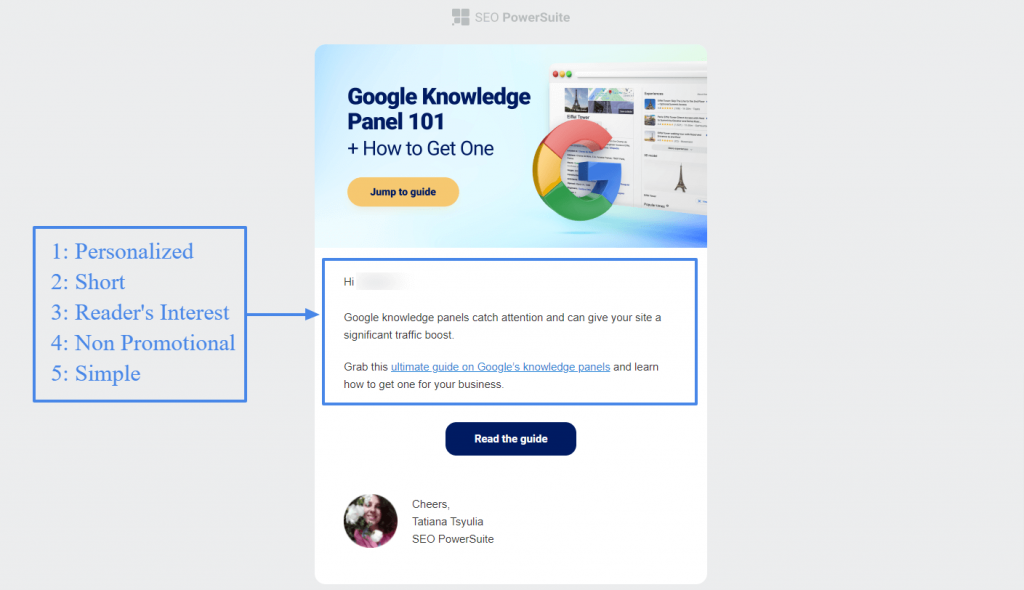
This is a common mistake for a lot of marketers and they usually pay the price for it. Most consumers already have a stereotype about newsletters being filled with clutter, so you need to change their perspective by making sure that you keep your copy minimal and that you provide a lot of white space in your design.
Keep in mind that your customers will only spend a few minutes reading your email—at most.
They don’t have all day to go through a long copy, so you need to make it as simple and concise as possible. You don’t need to put everything in your email newsletter because you’re trying to lead your customers to another page, after all. You should also keep your design simple.
White space is very important because it makes your content easy to digest, especially for people who are reading emails on their mobile phones. And if you’re using images, don’t forget to include alt text to make it easy for customers who might not have a strong Internet connection or those who don’t have images enabled to know what those images are.
Creating a professional-looking email banner will make your email look more professional. You can see some examples of email banners here.
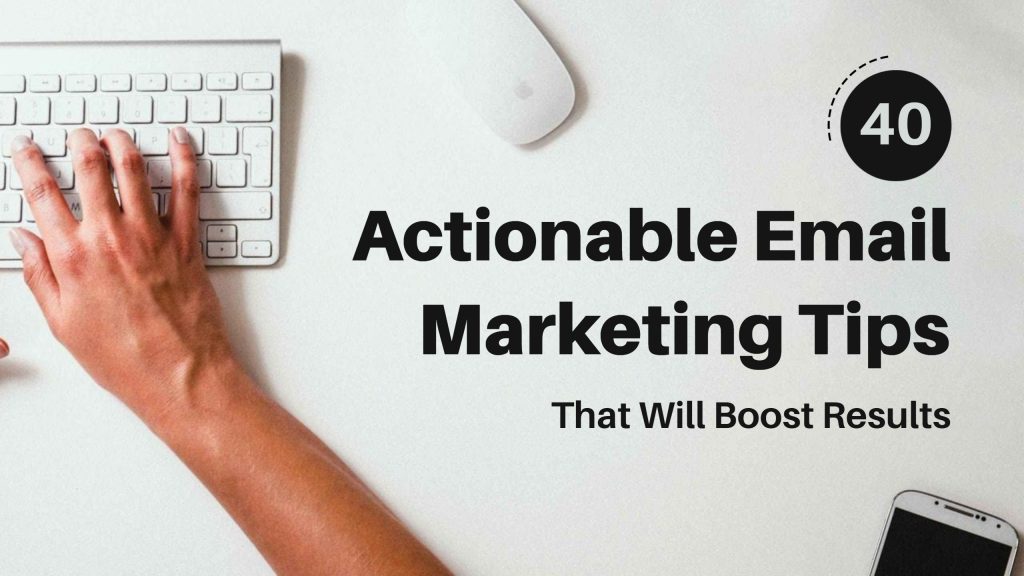

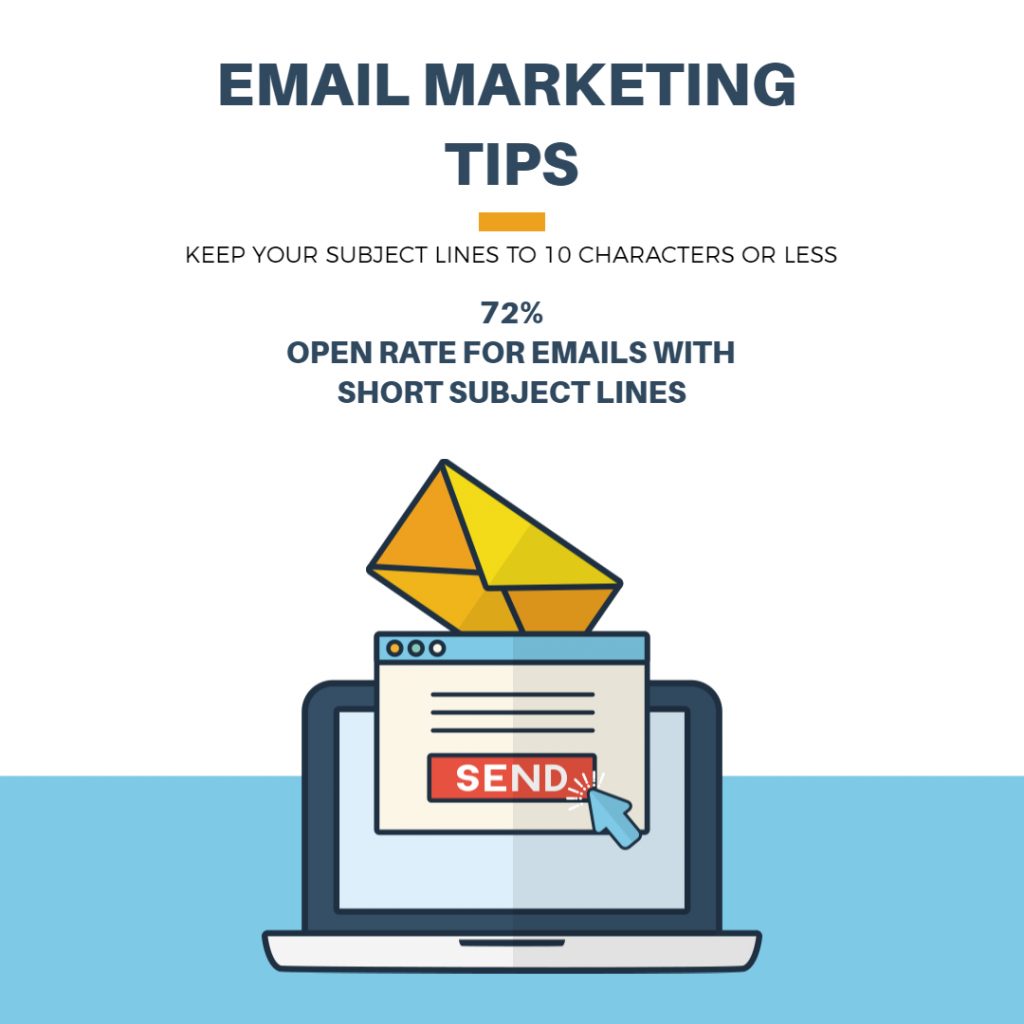

Always Give People the Option to Unsubscribe
You’re probably thinking, “Why would I even do that?” The answer is simple really, the only way to keep your customers engaged is to keep their options open. You can’t hide your unsubscribe button or re-write your unsubscribe call-to-action. Always keep your unsubscribe process clear to customers to not only keep your email list healthy but also make sure that you don’t go to spam and waste your time creating newsletters that don’t get read.
If you do email newsletters right, people won’t have a reason to hit that unsubscribe button, although they always have that choice.
Wrapping up
As a marketer, it’s a must to learn how to write a good newsletter if you want to increase the efficiency of your campaigns. Although it would take time before you can truly master the art of writing effective newsletters, having these email newsletter best practices on hand will help you get the most out of your marketing investment and ensure that you stay connected with your audience in the best way possible.
Of course, it would also help to work with professionals who can help design effective marketing campaigns.



